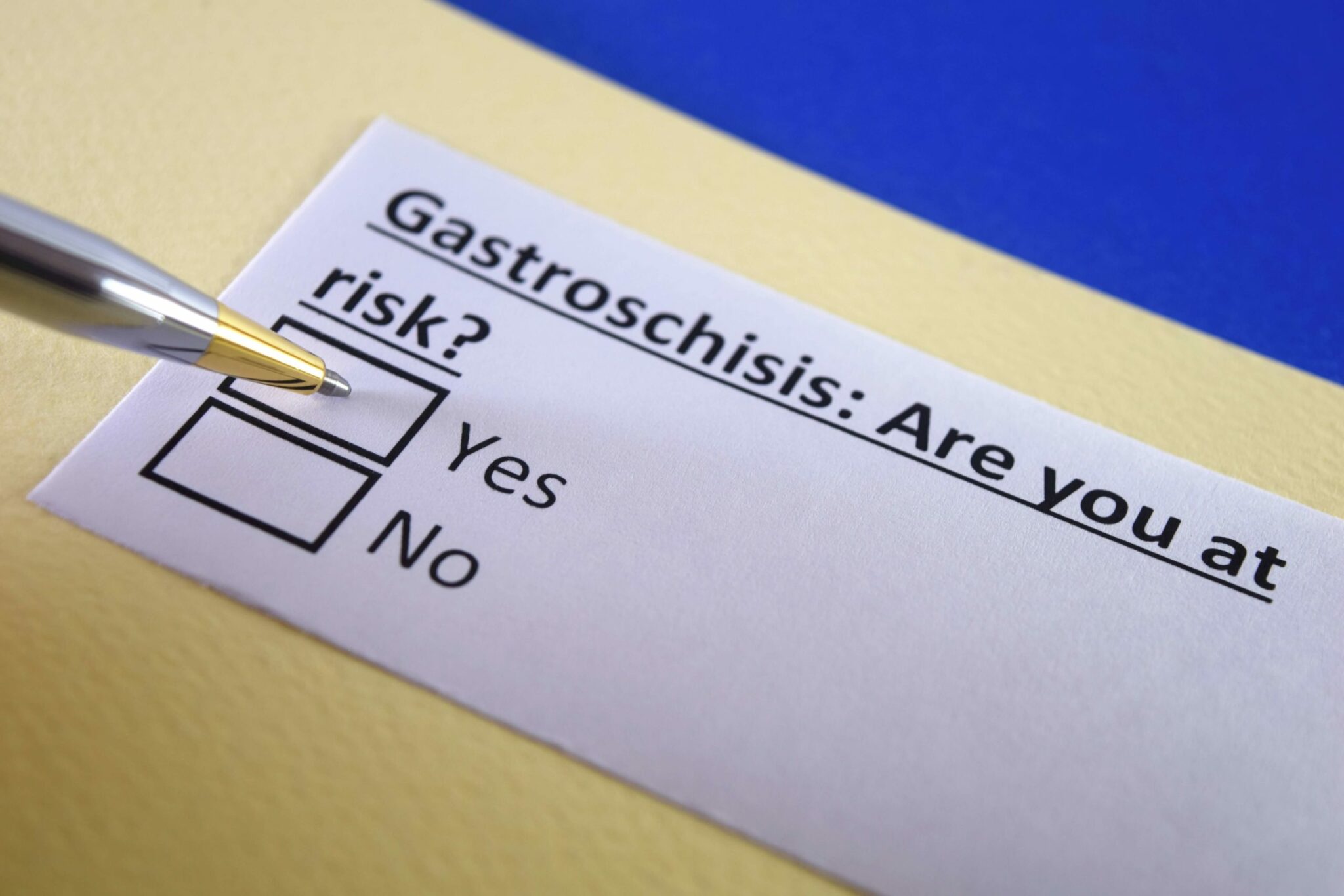Are you Using Responsive Feeding? Here’s why Experts Recommend It
Parents are naturally concerned about what to feed their babies, but new research is showing that how you feed your baby is just as important as what’s in the bottle or the bowl.
In fact, researchers are finding that parents who ignore their baby’s feeding cues and don’t take active steps to create a healthy dynamic around food are setting their babies up for increased risk of obesity and unhealthy weight gain.
Based on this new research, public health agencies and experts are increasingly recommending an approach called “responsive feeding.” This feeding method has been shown to increase the parent/child trust bond and help teach healthy eating habits that can last far beyond childhood.
What is responsive feeding?
Responsive feeding describes the back-and-forth relationship between a parent and child that exists during feeding. Specifically, responsive feeding is characterized by the parent recognizing and responding to the child’s signals of hunger or fullness. Consider these examples:
Responsive feeding: Your baby cries and seems to be hungry. You feed her. She pulls away from the nipple, and you end the feeding. This is responsive feeding at its core: your baby gives you an appetite sign and you respond appropriately to it.
Non-responsive feeding: Your baby cries and seems to be hungry, but you hold her off because it isn’t time to eat yet. Then, when it is time, she eats some but pulls off the bottle before it’s empty—yet you keep pushing the bottle into her mouth because you want her to finish.
Responsive feeding teaches your baby to trust you as well as herself or himself when it comes to food. This trust is a down payment on future positive interactions with your child around food and feeding. A baby who learns to trust that her caregiver will respond to her hunger and fullness may be more willing to follow your lead when you create a schedule for meals and snacks—and when you say no to extra eating.
What the research is showing
The research on responsive feeding is powerful. Researchers are finding that when responsive feeding is used in infancy and beyond, children are better able to self-regulate their food intake and eat a greater variety of food. These may contribute to a healthy body weight.
On the flip side, researchers are also seeing that non-responsive feeding can lead to children who aren’t as good at self-regulating their appetite and eating. This can contribute to unhealthy weight gain later on, as these children haven’t learned to trust their internal signals as well.
Responsive feeding is so important early in life that the World Health Organization (WHO) has included a recommendation for early education in its programs and guidelines for early feeding programs across the world.
How can you be more responsive?
Here are some simple ways to add responsive feeding into your toolbox of feeding techniques:
Learn your baby’s appetite and feeding cues.
Connect the dots: use words to describe your baby’s hunger, such as “hungry belly” and “happy belly” to describe hunger and fullness respectively.
Minimize distractions when feeding your baby and pay attention to her.
Avoid negative feeding practices such as pushing your baby to eat more so the bottle is finished or the baby food container is scraped clean.
Trust that your baby knows when to eat and how much. Let her appetite be the boss!
Sources:
- Black MM et al
- Responsive feeding is embedded in a theoretical framework of responsive parenting
- J Nutr
- 2011; 490-494.
Golan M and Bachner-Melman - Self-regulation and the management of childhood obesity
- J Comm Med Health Educ
- 2011; 1-7.
Engle PL and Pelto GH - Responsive feeding: implications for policy and program implementation
- J of Nutr
- 2011; 508-511.
Daniels LA et al - Evaluation of an intervention to promote protective infant feeding practices to prevent childhood obesity: outcomes of the NOURISH RCT at 14 months of age and 6 months post the first two intervention modules
- Int J Obes
- 2012; 1292-1298.
Powered by Bundoo®










































